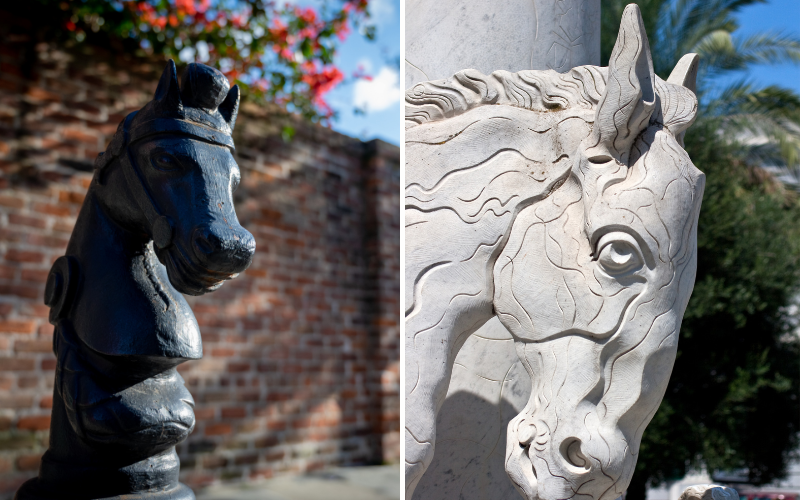Famous horse heads captivate the imagination with their size and artistry. From the grandeur of The Kelpies in Scotland to London’s contemplative Still Water, these sculptures are not just artistic expressions but landmarks steeped in cultural stories. This article introduces the heritage and artistry of the most famous horse heads around the globe, answering the question: what are the famous horse heads?
Key Takeaways
- The Kelpies in Falkirk, Scotland, are 30-meter tall horse head sculptures by Andy Scott, inspired by Scottish folklore and serving as a symbol of the region’s transformation from an industrial center to a cultural and environmental hub.
- Nic Fiddian-Green’s Still Water is a 33-foot bronze equine sculpture in London representing tranquility in an urban environment, showcasing the artist’s commitment to public art and the cultural landscape.
- Leonardo’s Horse, realized by sculptor Nina Akamu in 1999, fulfills Leonardo da Vinci’s original vision for a grand equestrian statue, uniting the artist’s genius with the enduring legacy of equine strength and grace.
The Majesty of The Kelpies
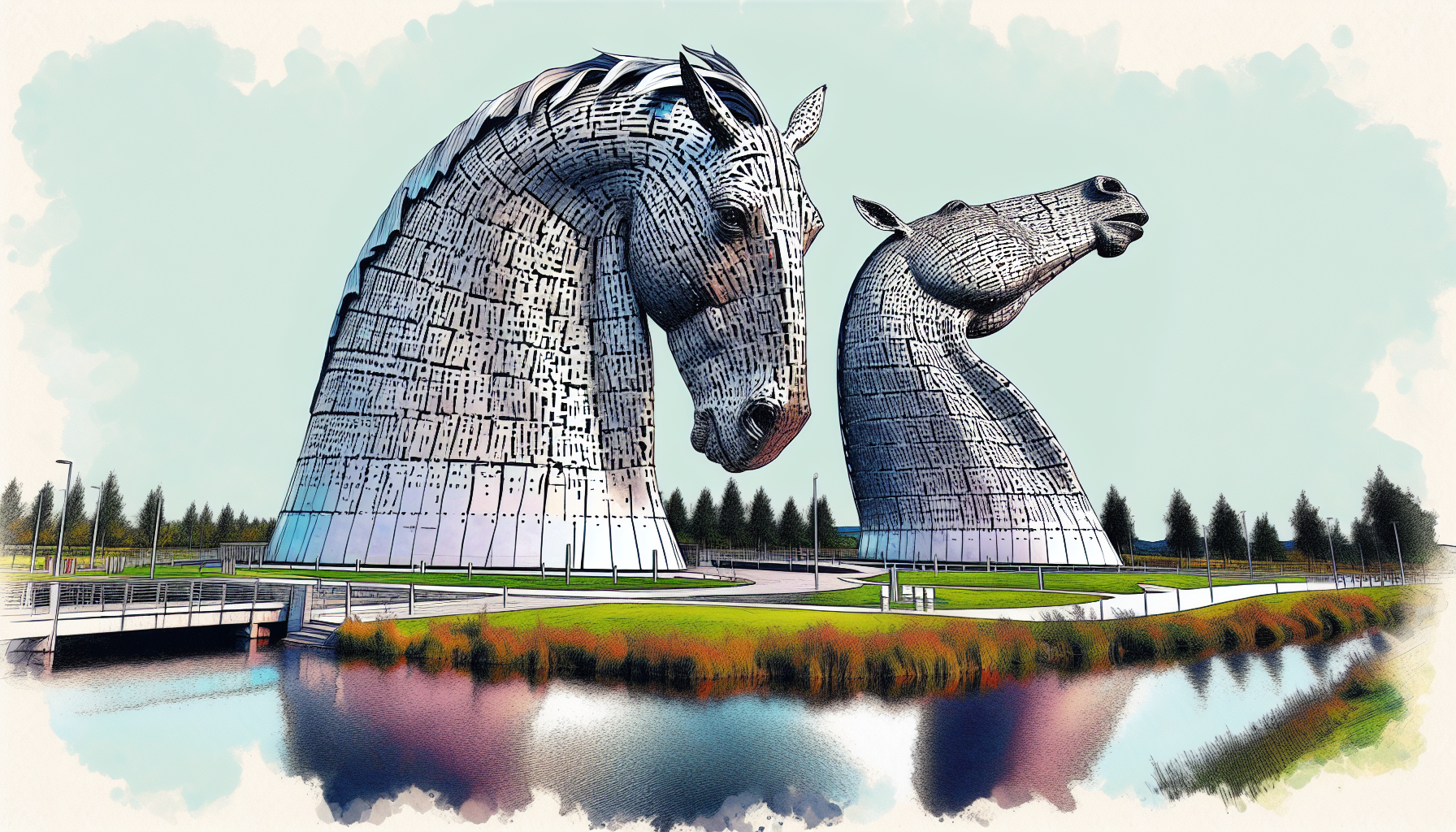
Standing sentinel at The Helix near the Forth and Clyde Canal, The Kelpies are a testament to the power of artistic vision and cultural heritage. These giant horse head sculptures reach skyward at an awe-inspiring height of 30 meters, inviting onlookers to marvel at their size and the legends they embody. Created by sculptor Andy Scott, The Kelpies draw inspiration from mythical water horses in Scottish folklore, creatures known for their beauty and malevolence, capable of both nurturing and menacing those who encounter them.
Crafted from structural steel with a shimmering stainless steel cladding, each Kelpie weighs an incredible 300 tonnes. This choice of material is not incidental; it mirrors the industrial past of the Falkirk area, intertwining Scotland’s robust history of industry with the mythological narrative of the Kelpies—wild mustangs galloping through the annals of time. The sculptures are not just a feast for the eyes but also a bridge to the past, celebrating the region’s transformation from industrial powerhouse to a hub of cultural and environmental regeneration, all while keeping the legend of the malevolent kelpie alive.
As visitors gaze upon The Kelpies, they are transported to a world where myth meets reality, much like the tales of the Loch Ness Monster. These horse head sculptures are more than mere landmarks; they are symbols of Scotland’s resilience and the enduring spirit of its people.
Transitioning from the majesty of The Kelpies, we now turn our gaze to another captivating equine sculpture that exudes tranquility in the bustling heart of London.
The Serene Gaze of Marble Arch's Still Water
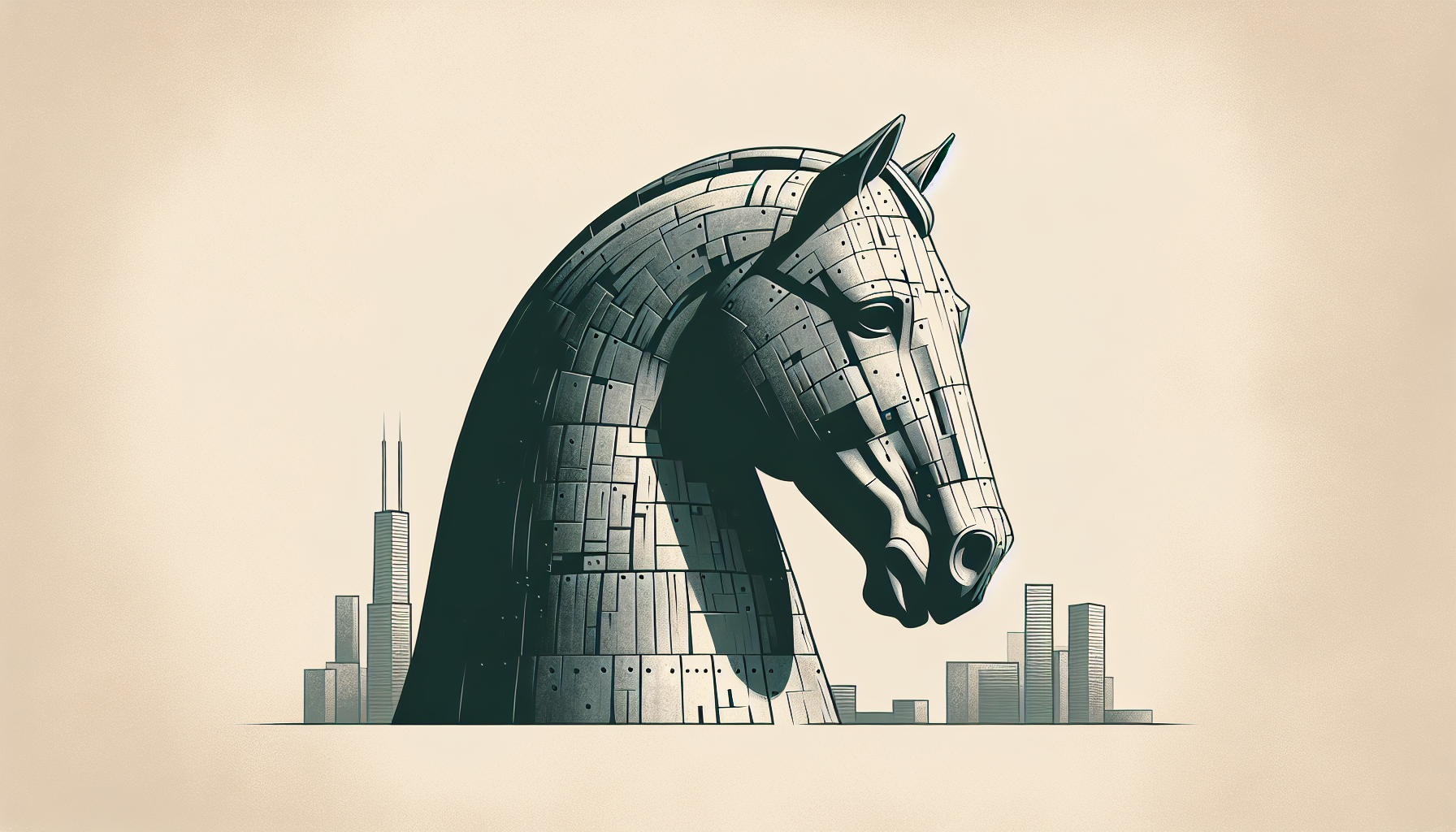
In stark contrast to the imposing Kelpies is the serene presence of Still Water, a monumental bronze statue of a horse head peacefully emerging as if from the depths of an unseen body of water. British artist Nic Fiddian-Green, renowned for his equine sculptures, is the mastermind behind this tranquil piece, employing the ancient ‘lost wax’ method to achieve a lifelike quality in his creations.
Towering at 33 feet, Still Water holds the title of the largest free-standing bronze sculpture in London. Its initial installation at Marble Arch in 2011 captured the attention and admiration of both locals and tourists alike. In a demonstration of commitment to his work and the public art landscape, Nic Fiddian-Green personally cleaned the sculpture in 2012, underscoring the bond between creator and creation.
The relocation of Still Water to Achille’s Way near Hyde Park Corner in May 2021 marked a new chapter for the sculpture, further cementing its status as a permanent fixture in the city’s artistic repertoire. This peaceful equine portrait, in its quiet grandeur, offers a moment of reflection amidst the daily bustle—an invitation to pause and appreciate the beauty of simplicity.
From the tranquility of Still Water, we transition to another equine masterpiece that embodies a storied legacy—one that began with the visionary mind of Leonardo da Vinci.
The Legacy of Leonardo's Horse
Leonardo da Vinci’s vision for The Gran Cavallo, also known as Leonardo’s Horse, was nothing short of ambitious. Conceived in 1482, it was intended to be the largest equestrian statue in the world, a bronze testament to the grandeur of the Sforza rulers of Milan. The project was met with great enthusiasm, and the early acclaim was palpable when Leonardo’s clay model was displayed during a Sforza wedding in 1493.
Tragically, the original model met its demise at the hands of French soldiers during the 1499 invasion of Milan, leaving behind a legacy of what could have been one of the most extraordinary bronze sculptures in history. It wasn’t until the closing years of the 20th century that Leonardo’s vision was finally realized. Sculptor Nina Akamu, inspired by Leonardo’s meticulous designs, crafted a magnificent horse that now stands proudly at the Hippodrome de San Siro, unveiled to the public on September 10, 1999.
The completion of Leonardo’s Horse stands as a testament to the enduring influence of the master’s artistic genius. The sculpture not only honors the ingenuity and skill of da Vinci but also the power and grace of the animal that he sought to immortalize in bronze.
This narrative of Leonardo’s Horse serves as a bridge to the artistic vision of horse head sculptures that span the globe, each with its own story to tell.
The Artistic Vision of Horse Head Sculptures Across the World
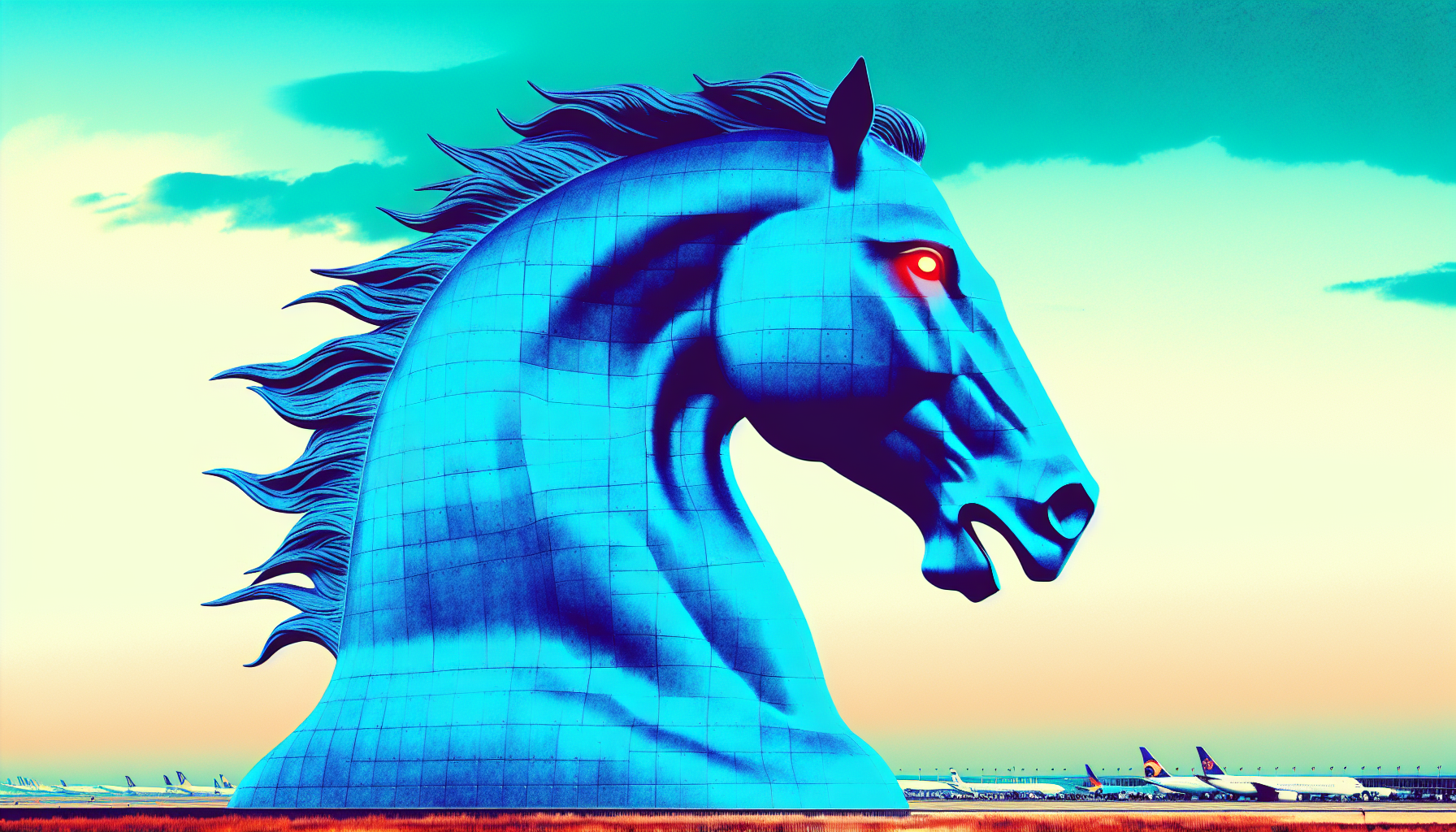
The world over, horse head sculptures stand as diverse reflections of the societies that birthed them. These amazing horse statues include:
- The symbolic flying horse housed in the Gansu Museum
- The dynamic Blue Mustang in Denver
- The regal Pegasus and Dragon in Florida, with its intricate design
- The Horse Problem at the Venice Biennial, which weaves a historical narrative
These are just a couple of examples that showcase the global reach and artistic diversity of these sculptures.
In Slovakia, the stainless steel Colossus captures the imagination, while in Paris, L’Immortalite Devancent le Temps offers a modern twist on the timeless beauty of the galloping horse. Despite their varying styles and historical contexts, these sculptures share a common goal: to honor the majestic nature of horses and their significant role in human culture.
The artistic vision behind these sculptures is not limited to aesthetics; it encompasses:
- the deep connections between humans and horses
- the stories of civilizations that these creatures have helped to shape
- the emotions they continue to evoke.
The presence of these sculptures in public spaces around the world serves not only as an artistic statement but also as a cultural marker. They remind us of the rich tapestry of history and mythology that horses have been woven into and of the powerful horses that have carried us through the ages. This universal celebration of equine beauty and strength echoes in the cultural significance of horse head sculptures, which we explore next, including the fascinating world of horses heads.
The Cultural Significance of Horse Head Sculptures

The cultural narratives that horse head sculptures convey are as layered as the histories they represent. The Kelpies, for instance, not only serve as architectural wonders but also as cultural beacons, their towering forms echoing the mythological water horses of Scotland’s lore and the region’s reliance on horse power in its industrial and agricultural past. These giant horse head sculptures are more than landmarks; they are touchstones to a heritage both celebrated and mythologized.
Similarly, Nic Fiddian-Green’s sculptures draw inspiration from the ancient Parthenon Horses of Selene, creating a lineage that connects modern-day viewers to the grace and power revered by civilizations long gone. The Day the Wall Came Down, a sculpture that commemorates the fall of the Berlin Wall, melds equine imagery with pivotal historical moments, illustrating how public art can serve as a powerful commentary on world events.
Statues like the one of Sergeant Reckless, celebrated at the National Museum of the Marine Corps, honor the bravery and service of war horses, cementing their roles in our shared military history. Children’s literature, too, contributes to the cultural impact of these sculptures, as with the beloved Misty of Chincoteague, brought to life from Marguerite Henry’s pages and into the hearts of young readers. This reverence for horses in sculpture extends beyond mere representation; it delves into the craftsmanship that brings these bronze equine portraits to life.
The Craftsmanship Behind Bronze Equine Portraits
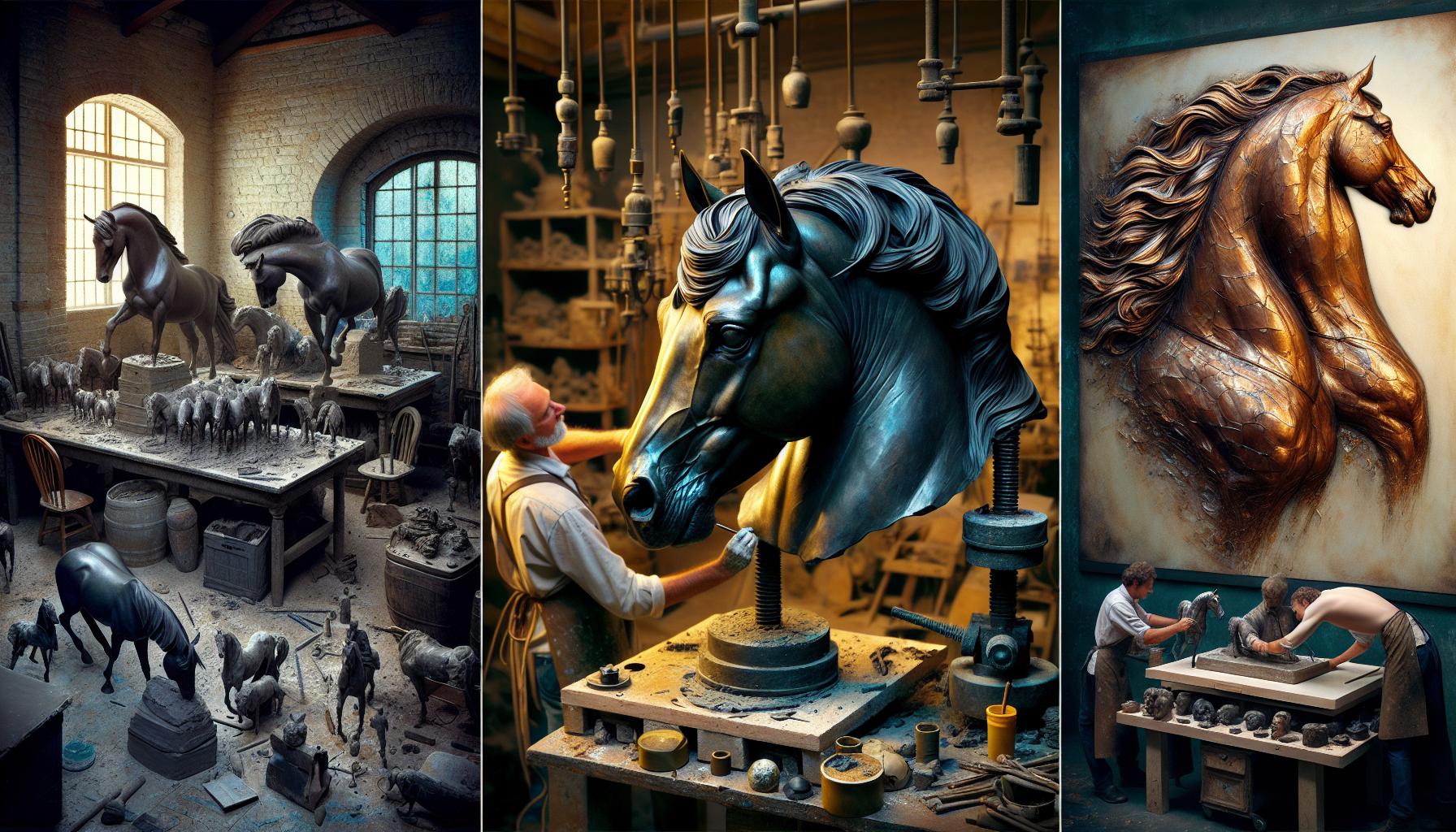
The creation of bronze horse head sculptures is a testament to the meticulous craftsmanship and dedication of artists who seek to capture the spirit of these powerful horses. The journey of each sculpture begins with a clay model, sculpted with precision and supported by an armature that breathes the first hints of life into the sculpture. The application of liquid rubber, reinforced with aluminum shims and mesh fabric, creates a detailed mold that captures every nuance of the artist’s vision.
Through the ‘lost wax’ method, a wax model is cast from this mold. It is then invested in a ceramic shell, which serves to preserve the finest details. The wax is melted away, and molten bronze is poured into the shell, setting the stage for the emergence of a lifelike bronze statue. Each piece is welded together, refined, and finished with a patina that adds character and depth to the sculpture.
The result is a bronze equine portrait that stands as a living memory of the artist’s skill and the timeless beauty of horses. These sculptures are not only aesthetic marvels but also interactive experiences that beckon visitors to explore and connect with the essence of equine art and history, as we will see in the following section.
Interactive Experiences with Horse Sculptures
Beyond their static beauty, horse sculptures offer dynamic interactive experiences that engage the public and deepen their understanding of equestrian art and history. At Kentucky Horse Park, for example, visitors can immerse themselves in educational exhibits that celebrate the horse, providing a tactile and visual journey through the story of these noble animals. The park’s summer horse camp offers Central Kentucky’s youth an opportunity to engage hands-on with horse sculptures, blending fun with learning and fostering a deeper appreciation for equine history.
Historical figures like Sergeant Reckless are honored with monuments that serve as tangible connections to the past. The National Museum of the Marine Corps in Virginia houses such a monument, inviting visitors to reflect on the role of horses in military history and to commemorate their service. These interactive experiences are not limited to educational settings; they extend to public art installations where the stories of these sculptures are shared with a wider audience, encouraging a personal connection with the artwork.
The opportunity to engage with horse sculptures in these ways enriches the visitor experience, turning observation into participation and allowing for a deeper understanding of the cultural and historical contexts that shape these works. As we conclude our global tour of iconic equine sculptures, let us reflect on the compelling journey we have undertaken and the lasting impression these magnificent creatures have left upon us.
Summary
From the mythical allure of The Kelpies to the tranquil majesty of Marble Arch’s Still Water and the historical grandeur of Leonardo’s Horse, we have traversed a world where the art of horse head sculpture speaks volumes about human creativity and our enduring connection to these powerful creatures. The cultural significance of these sculptures offers a window into the past, celebrating the roles that horses have played in shaping societies and inspiring artists across the ages.
The intricate craftsmanship behind these bronze portraits is a marvel of artistic dedication, bringing to life the grace and might of the horse in a medium that will endure through time. The interactive experiences provided by educational exhibits and monuments around the world invite us to not just view, but to engage with and appreciate the deep-rooted significance of these equine figures in our history and culture.
As we conclude this journey of discovery, let us carry with us the inspiration drawn from these amazing horse statues. May their stories encourage us to seek out the beauty and power of equine art in our travels and to recognize the timeless bond between horse and human that continues to captivate and enchant us all.
Frequently Asked Questions
What do The Kelpies represent in Scottish culture?
The Kelpies represent the transformative spirit of mythological water horses from Scottish folklore and Scotland's horse-powered heritage in industry and agriculture. They symbolize a connection to Scottish culture and history.
Why was Still Water relocated from Marble Arch?
Still Water was relocated to Achille's Way near Hyde Park Corner to mark a new chapter for the sculpture and to cement its status as a permanent fixture in London's public art landscape. This move signifies a milestone for the artwork and its place in the city.
Did Leonardo da Vinci ever complete his horse sculpture?
No, Leonardo da Vinci's original horse sculpture was destroyed, but it was later brought to life by sculptor Nina Akamu based on his designs.
How are bronze horse head sculptures made?
Bronze horse head sculptures are made through a complex process that involves sculpting a clay model, creating a detailed mold, casting a wax model, and pouring in molten bronze, followed by refining and finishing the sculpture with a patina. This process results in the creation of a detailed and durable sculpture.
Can the public interact with horse sculptures at Kentucky Horse Park?
Yes, visitors to Kentucky Horse Park can interact with horse sculptures through educational exhibits and youth summer camps.
You Might Also Like...
